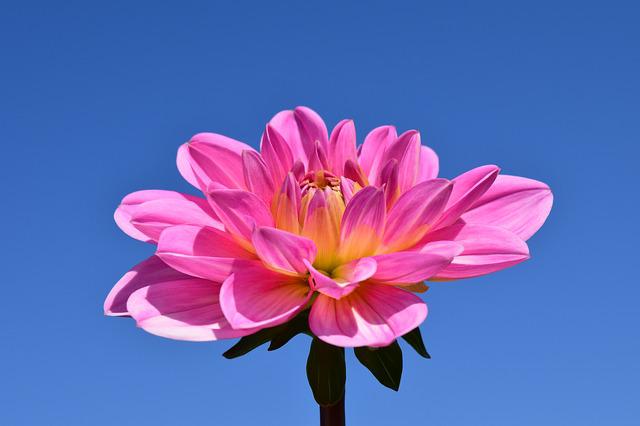Does Dahlia Come Back Every Year? Learn if Dahlia is Perennial or Annual

The answer to this question is location-specific because dahlias are native to the warm climates of Guatemala and Mexico. In most climates, dahlias can be grown yearly due to their unique ability to overwinter as a tuber. However, if you reside in a region where winters are particularly harsh, you may want to consider treating dahlias as annuals. In most climates, dahlias can be grown yearly due to their unique ability to overwinter as a tuber.
Table of Contents
Hardiness Zone and Classification
- Temperatures in zone 10 of the USDA hardiness map rarely drop below 20°F. Dahlias are perennial flowers in this area. If you live in this climate zone, you can leave your dahlia plants in the ground over the winter. Later in the spring, they always return.
- With some TLC, dahlias can be perennials in USDA plant hardiness zones 8 and 9. Remove dead or dying plants after the first frost. Then, spread a few inches of mulch over the dahlia tubers’ root zone to keep the soil warm and damp.
- To overwinter in USDA zone 7, dahlias need to have their tuberous roots, known as tubers, protected from the cold. In these climates, dahlias are annuals at best. Overwintering dahlias require digging up the tuberous roots in the fall.
- Planting dahlias as an annual is common among gardeners in USDA plant hardiness zones 6 and lower. In this case, the tuberous roots should be dug up after the late summer bloom and stored for the winter.
Can Dahlias Survive Winter?
In USDA hardiness zone 10, dahlias can be left in the soil over the winter. Here, the climate is always warm enough for dahlias to thrive.
In USDA hardiness zones 7 through 9, protect your dahlias by leaving them in the ground over the winter. After the first frost, trim the foliage to a few inches in height. Then, spread several inches of mulch over the dahlia’s root zone. This protects the dahlia’s roots during the winter months.
Tips to Keep Dahlia Healthy Year After Year
- Zone 10 and above: Dahlias can be grown as perennials in zones 10 and above. The plants don’t need to be kept warm in the winter.
- Zones 8 and 9: After the first killing frost in the fall, keep an eye out for dying foliage. You can safely remove the dead foliage by cutting it off 2 to 4 inches (5–10 cm) above the ground. Cover the ground with at least 3 or 4 inches (7.5-10 cm) of bark chips, pine needles, straw, or other mulch to protect the tubers.
- Zones 7 and lower – After a frost has nipped and darkened the foliage, cut the dahlia plant back to 2 to 4 inches (5-10 cm). Tubers should be carefully dug up with a spade or garden fork, then spread out in a single layer in a cool, frost-free area. After letting the tubers dry for a few days, remove any loose soil and cut the stems to about 2 inches (5 cm.). The tubers should be kept in a container made of cardboard, sand, sawdust, peat moss, or vermiculite that has been moistened. (The tubers should never be kept in plastic; they will rot.) Place the container in an area that is consistently between 40-50°F and is cool and dry (4-10°C.). Throughout the winter, check on the tubers occasionally, and mist them if they start to look shriveled. To stop the rot from spreading to other tubers, cut off the damaged area if any of the tubers develop soft spots or start to rot. Regarding dahlia overwintering, Zone 7 frequently errs on the side of caution. Dahlias in zone 7b might make it through the winter if they are covered in a very thick layer of mulch.
